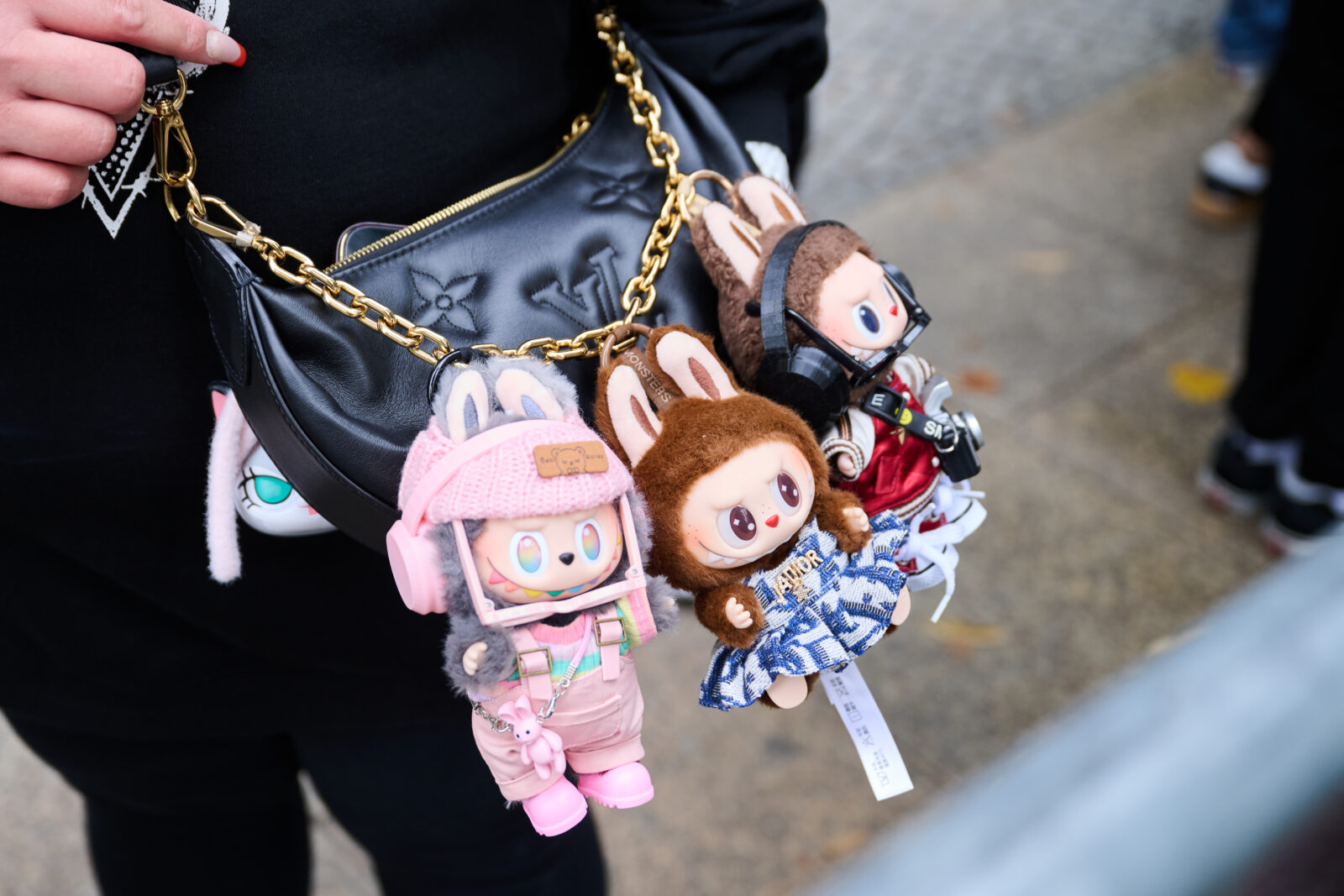
22 September 2025, Berlin: A woman has several Labubu figures hanging from her bag as she stands in a queue outside KaDeWe. The Chinese manufacturer and retailer Pop Mart opens a separate area in KaDeWe for the hyped Labubu plush figures. Photo: Annette Riedl/dpa (Photo by Annette Riedl/picture alliance via Getty Images)
A deep dive into the world of algorithmic trend-making reveals how social media platforms are transforming consumer behavior, creating viral sensations like Labubu figures and Dubai chocolate that capture global attention.
In the rapidly evolving landscape of digital consumption, social media algorithms are fundamentally changing how trends emerge and spread, according to a recent analysis by Bloomberg journalist Amanda Mull.
Unlike traditional trend cycles that followed clear sociological patterns, today’s viral phenomena are characterized by their algorithmic nature. Trends like Labubu toys, Dubai chocolates, and viral TikTok sensations are now driven less by cultural significance and more by their ability to capture momentary online attention.
“The way algorithmically mediated social platforms work is by collapsing your capacity to understand the context of what you’re looking at,” Mull explains.
Key characteristics of these new trends include:
Interestingly, these trends often have a distinctly child-like or infantile quality, designed to trigger immediate emotional responses. The goal is to increase user engagement and time spent on platforms.
Despite concerns about cultural infantilization, Mull suggests these trends represent a positive human desire to create consensus reality and meaningful shared experiences in an increasingly digital world.